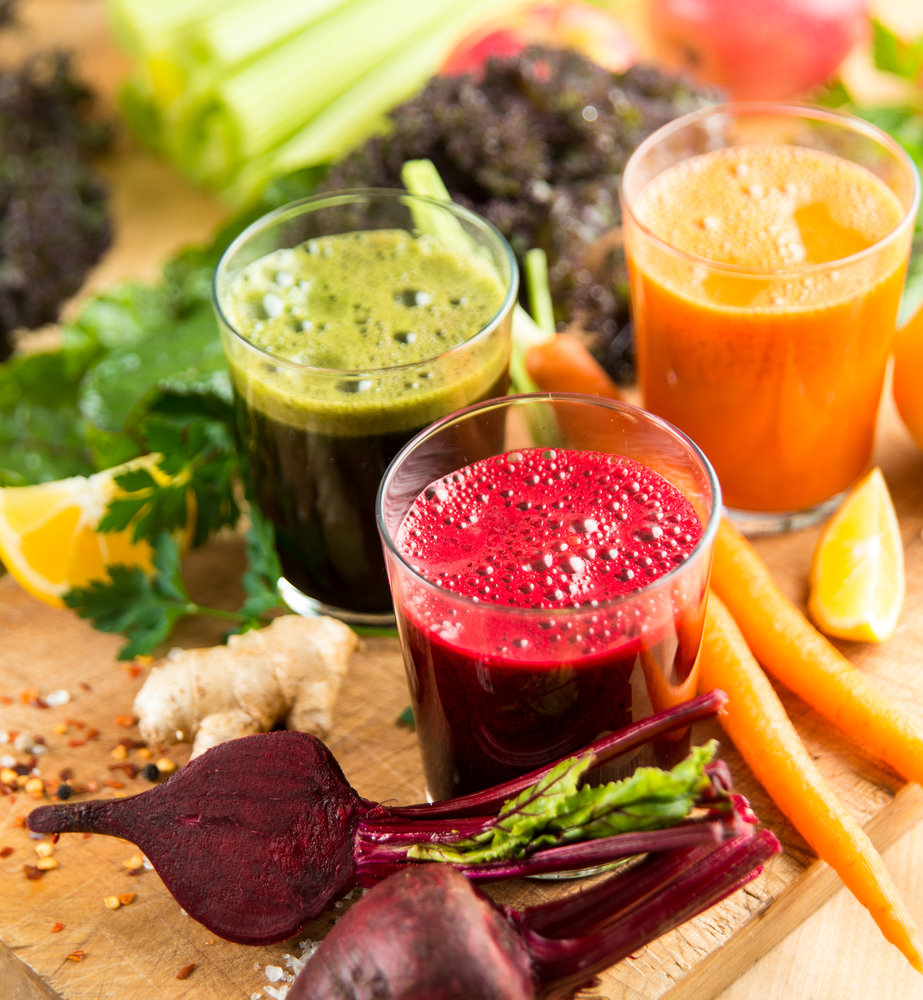
People who get migraines are less likely to develop type 2 diabetes, while some people who develop diabetes become less prone to migraines. Today, scientists studying the link between these conditions report how the peptides that cause migraine pain can influence production of insulin in mice, possibly by regulating the amount of secreted insulin or by increasing the number of pancreatic cells that produce it. These findings could improve methods to prevent or treat diabetes.
The researchers will present their results at the fall meeting of the American Chemical Society (ACS). ACS Fall 2021 is a hybrid meeting being held virtually and in-person Aug. 22-26, and on-demand content will be available Aug. 30-Sept. 30. The meeting features more than 7,000 presentations on a wide range of science topics.
The link between the two diseases isn’t obvious: “Migraines happen in the brain, while diabetes is associated with the pancreas, and these organs are far from each other,” says Thanh Do, Ph.D., the project’s principal investigator. His group became interested in the subject after a number of papers described an inverse relationship between the conditions.
Researchers already knew that two peptides in the nervous system — calcitonin gene-related peptide (CGRP) and pituitary adenylate cyclase-activating polypeptide (PACAP) — play a major role in causing the pain of migraines. These same peptides, along with the related peptide amylin, are also found in the pancreas. There, they influence release of insulin from beta cells.
Insulin regulates blood sugar levels by helping other cells in the body absorb glucose and either store it or use it for energy. In type 2 diabetes, those other cells become resistant to insulin and less capable of absorbing glucose, leading to high blood sugar levels. The beta cells initially compensate by ramping up insulin production but eventually wear themselves out and die, exacerbating the issue.
Because of their role in migraine and diabetes, CGRP and PACAP offer targets for therapies that could treat either of these conditions. Migraine drugs that interfere with CGRP and its cellular receptors recently went on the market, and other treatments are being studied. Yet, more research is needed to clarify the peptides’ effects. Do is trying to clear up contradictory findings about their impact on insulin.
To probe the peptides’ activity in mice, Do’s University of Tennessee group devised a method to glean data from just a few hundred beta cells. They recently reported that this technique showed that CGRP lowered levels of mouse insulin 2, the analog of human insulin. This may counter the insulin resistance that develops in type 2 diabetes, Do says. But CGRP was less effective at regulating mouse insulin 1, which agrees with early studies showing that mice with only insulin 1 are prone to developing diabetes.
The disease is also associated with aggregation of amylin, says Aleksandra Antevska, a graduate student in Do’s lab who is presenting the work at the meeting. These aggregates may contribute to the beta cell damage that helps cause type 2 diabetes, Do notes. Because amylin and insulin are co-secreted by beta cells, using CGRP to limit insulin production could also limit amylin production, he says. That could protect the cells and help normalize their function.
PACAP, too, is thought to play a protective role against type 2 diabetes. That’s confusing since PACAP has been shown to stimulate insulin release, which leads to insulin resistance, Do says. His team is now trying to resolve this conundrum. The group’s initial findings show that PACAP’s actions could depend on glucose levels. The team has found preliminary evidence that PACAP regulates insulin in a glucose-dependent manner and promotes beta cell proliferation, rather than prodding existing beta cells to work harder — thus avoiding the risk of wearing out the existing cells. They are developing analytical methods to test this.
“Despite these positive results, you can’t inject CGRP and PACAP into the body as therapeutic strategies for diabetes because these peptides cause migraine pain,” Do says. “But once we understand how they exert their effects on insulin secretion, we can design peptide analogs that would control insulin but would not bind to the pain receptor.”
Because CGRP and PACAP can seemingly protect against diabetes, Do and others worry that the anti-CGRP and anti-PACAP treatments under development or already on the market for migraine could have the unintended consequence of increasing the risk of diabetes. In addition, these peptides are involved in numerous other beneficial functions in the body, such as blood vessel dilation. So Do and other scientists are also exploring the potential risks of altering the peptides’ activity.



